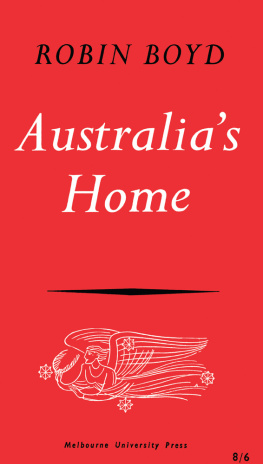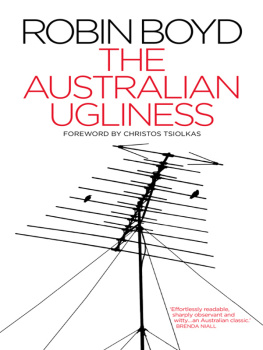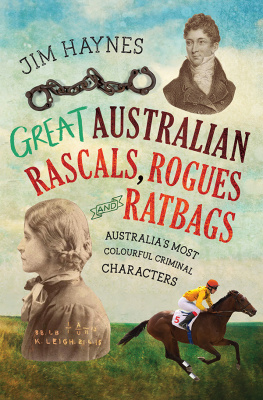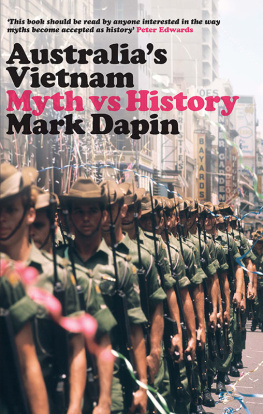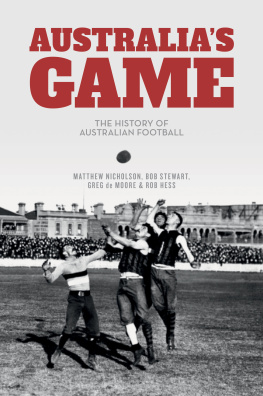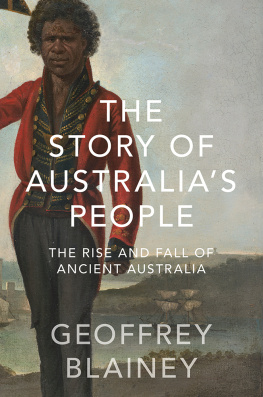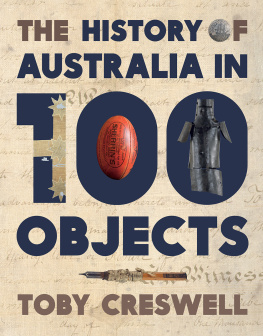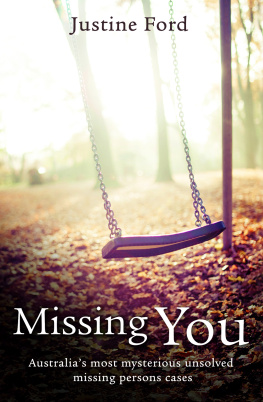I Survey and Sketch Plans
T OWARDS the end of the eighteenth century, Englishmen began building houses on the east coast of this warm land of curious life and unknown vastness. They had selected, more by luck than exploration, the banks of a magnificent harbour, a place which posterity generally recognized as one of the best city sites in the world.
It was about four centuries after the great community hall of the mediaeval manor house began to break into a collection of private rooms, and one and a half centuries before each collection of private rooms began to melt back into a single living space. It was two centuries after Queen Elizabeth had proclaimed the principle of a private house for every family. It was midway in history between Inigo Jones and Le Corbusier.
These Englishmen, marines and convicts, and their few women, had left the England of the Adam brothers; of tall, pastel-tinted rooms, gilded ornament and gleaming silverware; of Wedgwood and the water-closet a state where domestic building for the privileged had reached physical and artistic maturity. Many of them, not having been privileged, knew nothing of these things. But all of them had the acquired English taste for privacy, and it was this taste which remained a prime motive through the subsequent generations of home-building.
Each family asked, when the days work wat done, for isolation from the next family. Each member asked for the possibility of privacy from the remainder of the family. The nation was built on the principle that for every family there should be a separate house and for every person there should be a separate room.
The pattern of this culture, through the years and across the great distances, was fairly consistent. Each town was in essence a great sea of small houses around a commercial and industrial island. Each house was a group of compartments of varying size, each compartment serving a slightly different purpose. People cooked in one, ate in another, sat reading in another, tucked their children to bed in another, slept in another. There came a time when they performed the principal movements of the preparation for the day shave, tooth-clean, toilet, shower and dress in four different cubicles. They liked to have separate compartments for eating breakfast and dinner, and if possible a third for lunch. They liked one room for sitting by themselves and one for sitting with visitors.
In a land of rolling plains and wide blue skies, a race of cheerful agoraphobes grew up in little weather-sealed boxes. By the middle of the twentieth century, with the population just over eight million, Australia had nearly two million private houses with an average of five rooms each more rooms than people. And of every ten people, five lived in a capital city, one other lived in a city of more than 12,500 inhabitants, and another lived in a big town; only about three lived in a non-urban area. Living in an urban area almost invariably meant living in a suburban area. In 1947 (census year) 93.5 per cent of Sydneys 1,484,434 inhabitants lived outside the municipality of Sydney, and 92 per cent of Melbournes 1,226,923 lived outside the city in the vast ring of suburbs.
The suburb was the major element of Australian society. Factory, shop, office, theatre and restaurant were not radically different the world over. The interior of an Australian house could be given any atmosphere; it might be no different from the interior of an apartment in Rome or a flat in Regents Park, London. But in the suburb was experienced that essentially Australian part of town life which lay between work and home.
The Australian suburb was a wide winding avenue of heavy oaks lined by tall fences and impenetrable hedges, a glimpse of high gables or plaster parapets through a curtain of leaves, a monumental gateway, a sweep of gravel drive, bay windows, lawns, flowering shrubs. Or it may have been a gully between two broken ranges of red walls and roofs, a straight street one chain in width, with narrow grass strips dividing sidewalks from the roadway, cropped trees and telegraph poles set in line in the grass, low continuous fences made of fifty-feet sections of pickets or bricks or woven wire, squares of lawn with beds of annuals and low shrubs and a sprinkling of decorative trees, high grey paling fences slicing up the gardens and the red faades, porches, bricks, cream weatherboards, curtained windows. Or it may have been a treeless traffic way with the fences divided into much smaller sections, continuous rows of buildings on each hand pressing greedily forward over the garden, the brown brick faces only a few feet behind the fences, like a football crowd craning to watch the defeat of the Australian domestic idea.
The suburb was a street in the cold dawn full of grey figures converging on a yellow cement railway station from which they would vanish to factory bench and serving counter. Or it was a car rolling with a long, luxurious bounce out of a driveway and on to the short road to town. Or it was a group waiting on a corner, newspapers dispensed by an honesty box, neat tailoring, leather cases, lunch-bags, and magazines to be read in the tram which would weave them through miles of similar streets into the fabric of the town.
The suburb was children playing cricket against a lamppost in a hot, narrow street or in an asphalt schoolyard or on steel equipment in a tan playground or in a broad park with secret stretches of shrubbery and with yabbies in the lake. It was women carrying bulging baskets in a busy, chatty street of small shops. It was a baby and toys in a wooden pen on the front lawn; a bored horse in a slow bakers cart; dogs strutting the grass strip in an important procession. It was the slap of tennis rackets after Saturday lunch; a muddy foot-bail match on the municipal ground watched by a thin ring of friends; the squeals from a crowded swimming pool; a brief fist fight bursting through the doors of a packed bar. It was the purr of lawn-mowers; the car being washed in the street with a hose threaded through the fence; neighbours discussing the merits of their favourite manures while applying them to their front flower beds; a short burst of glassy laughter from the house where they entertained on Sunday mornings. It was the old tourer filled with two families of burnt backs and sand returning from the beach; or the new sedan with an elderly couple returning from a country spin.
The suburb was the bare neon tubes of the milk-bar; orange sodas in the interval between two features at the cinema; twisted streamers in the Oddfellows Hall; the silent line of cars outside one lighted house in a darkened street,
It was Sunday Sport Not Allowed, Keep Off the Grass, Dogs Found Will Be Destroyed, Commit No Nuisance and countless other kindred elements of a half-world between city and country in which most Australians lived.
Every time young Arthur Phillip saw his aunts in Bath he must have been conscious of the spectacular and unusual new buildings which had appeared since his last visit. His life in England before leaving to found Australia coincided with the great social period of Bath, and the great architectural works there by the elder and the younger John Wood. The Circus was built by the latter in 1764 and Royal Crescent in 1769. In London, at the time Phillip left with the First Fleet (1787), there were already some twenty residential squares though the peak of square-building was not reached till half a century later.
An important principle behind all this building was the sharing of outdoor living-space, the provision of one sizeable mutually-owned parle in place of a number of small private garden plots connected with the houses. Externally the houses had no individuality. They lined the ring road around square or circus in an unbroken row straight or curved in a single architectural conception. Each tenant held a key to the gate of the central garden. Inside each house the English demand for privacy was granted. Externally, civic architectural unity was achieved.

